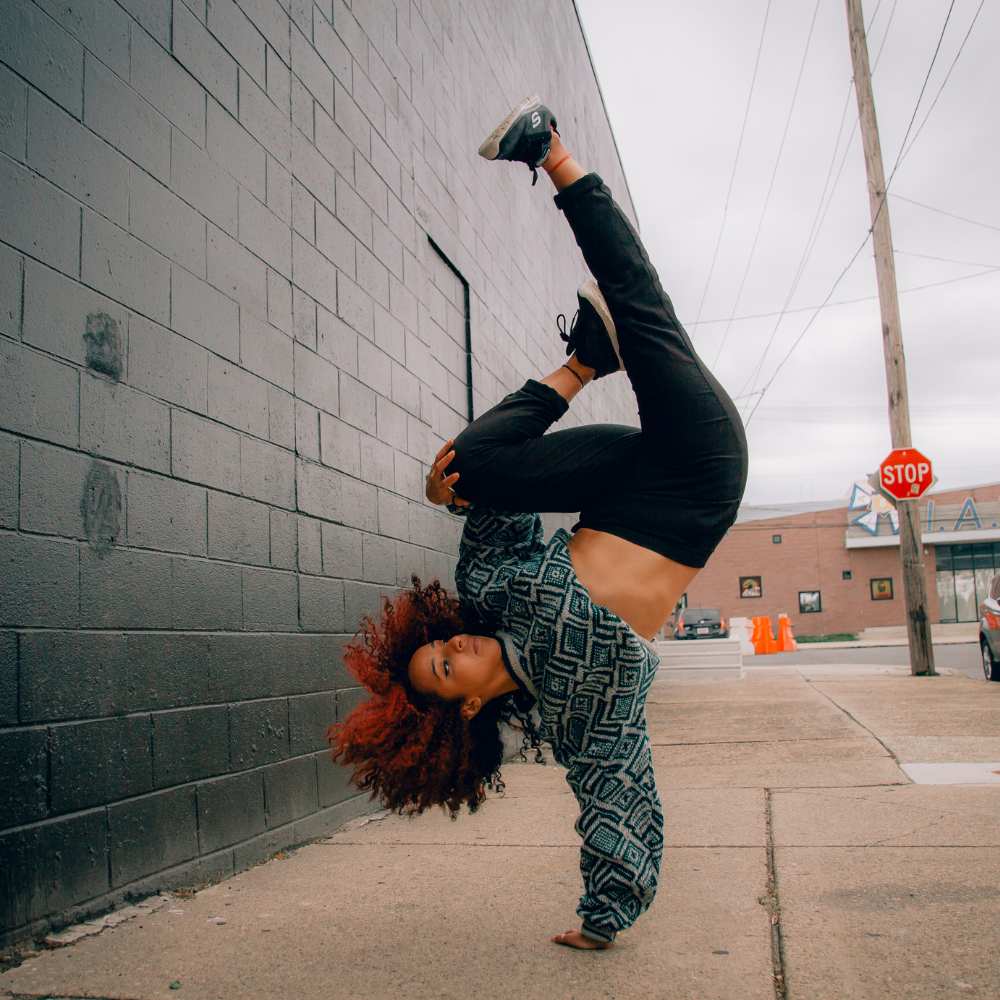Benefits of Regular Dancing for Fitness

Dancing is an enjoyable and engaging physical activity that offers numerous benefits for fitness and overall well-being.
Whether you're grooving to your favorite tunes in the comfort of your living room or participating in a dance class, regular dancing can have a positive impact on your physical, mental, and emotional health.
In this article, we will explore the various advantages of incorporating dancing into your fitness routine.
Dancing is a form of exercise that combines movement, rhythm, and self-expression.
It offers a unique way to achieve fitness goals while enjoying the process. Whether you choose traditional dance styles like ballet or contemporary forms such as hip-hop or salsa, dancing can provide a holistic approach to fitness.
Enhanced Cardiovascular Health
Engaging in regular dance sessions can significantly improve cardiovascular health.
Dancing involves continuous movement that raises your heart rate, promoting better blood circulation and strengthening your heart muscles.
This aerobic exercise helps lower the risk of heart disease, improves lung capacity, and increases endurance.
Improved Strength and Flexibility
Dancing requires the engagement of various muscle groups, leading to enhanced strength and flexibility.
As you move to different dance steps and routines, your muscles are activated and toned.
Over time, regular dancing can help improve your posture, increase muscle endurance, and enhance overall body coordination.
Weight Management
Dancing is an effective way to manage weight and burn calories.
Depending on the intensity and style of dance, you can burn between 200 to 600 calories per hour.
Continuous movement and engaging choreography keep your body active, helping you shed excess pounds and maintain a healthy weight.
Stress Reduction and Mental Well-being
When you dance, your body releases endorphins, which are natural mood-boosting chemicals.
Regular dancing can reduce stress levels, alleviate anxiety and depression, and promote a sense of well-being.
It provides an outlet for self-expression and allows you to let go of worries, focusing on the joy of movement.
Boosted Cognitive Function
Dancing involves learning and remembering choreography, which can enhance cognitive function.
It challenges your brain by requiring concentration, coordination, and quick decision-making.
Research has shown that dance can improve memory, attention span, and overall cognitive abilities, making it an excellent activity for all ages.
Social Interaction and Confidence Building
Participating in dance classes or joining a dance community provides opportunities for social interaction.
Dancing with others fosters a sense of belonging, builds friendships, and creates a supportive environment.
Additionally, as you gain confidence in your dance skills and see improvements, your self-esteem and self-confidence increase.
Posture and Balance Improvement
Good posture and balance are essential for overall physical health. Dancing requires proper body alignment, which helps strengthen core muscles and improves posture.
By practicing dance routines that involve balancing movements, you can enhance your stability and reduce the risk of falls and injuries.
Joint Health and Injury Prevention
Dancing is a low-impact exercise that puts minimal stress on your joints, making it suitable for individuals of all ages and fitness levels.
The fluid movements in dance routines can help increase joint flexibility and range of motion.
Regular dancing also promotes the strengthening of muscles around joints, reducing the risk of injuries.
Expression of Creativity
Dance is an art form that allows for self-expression and creativity.
It provides a platform to express emotions, tell stories, and communicate non-verbally.
Through dancing, you can tap into your creative side and find a fulfilling outlet for personal expression.
Increased Energy Levels
Engaging in regular dance sessions can significantly boost your energy levels.
The combination of physical movement, music, and positive emotions can leave you feeling revitalized and energized.
Dance can be a great way to overcome feelings of fatigue and lethargy, providing a natural energy boost.
Variety and Fun in Fitness
Dancing offers a refreshing alternative to traditional exercise routines.
It brings variety and fun to your fitness regimen, making it easier to stay motivated and committed.
With a wide range of dance styles to choose from, you can explore different genres and find the ones that resonate with your preferences.
Conclusion
Incorporating regular dancing into your fitness routine can bring about a multitude of benefits.
From improved cardiovascular health and increased strength to stress reduction and enhanced creativity, dancing offers a holistic approach to fitness and well-being.
Embrace the joy of movement, express yourself, and reap the rewards of dancing for your mind, body, and soul.
14. FAQs
Q1: Can anyone learn to dance?
A1: Yes, dancing is a skill that can be learned and improved with practice. Whether you're a beginner or have two left feet, there are dance classes and resources available for all skill levels.
Q2: What type of dance should I choose?
A2: The choice of dance style depends on your preferences and interests. You can explore various genres like ballet, jazz, hip-hop, salsa, or contemporary dance to find the one that resonates with you.
Q3: How often should I dance for fitness?
A3: Aim for at least two to three dance sessions per week to experience the fitness benefits. Consistency is key to seeing progress and reaping the rewards of regular dancing.
Q4: Can dancing help with weight loss?
A4: Yes, dancing is an effective form of exercise for weight loss. Combined with a balanced diet, regular dance sessions can contribute to calorie burning and achieving weight management goals.
Q5: Is dancing suitable for older adults?
A5: Absolutely! Dancing is a fantastic activity for individuals of all ages, including older adults. It promotes joint flexibility, balance, and cognitive function while providing an enjoyable social experience.
Thanks For Reading
RecognizedReviews
